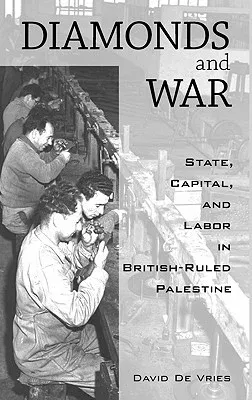The mining of diamonds, their trading mechanisms, their financial
institutions, and, not least, their cultural expressions as luxury items
have engaged the work of historians, economists, social scientists, and
international relations experts. Based on previously unexamined
historical documents found in archives in Belgium, England, Israel, the
Netherlands, and the United States, this book is the first in English to
tell the story of the formation of one of the world's main strongholds
of diamond production and trade in Palestine during the 1930s and 1940s.
The history of the diamond-cutting industry, characterized by a
long-standing Jewish presence, is discussed as a social history embedded
in the international political economy of its times; the genesis of the
industry in Palestine is placed on a broad continuum within the
geographic and economic dislocations of Dutch, Belgian, and German
diamond-cutting centers. In providing a micro-historical and
interdisciplinary perspective, the story of the diamond industry in
Mandate Palestine proposes a more nuanced picture of the uncritical
approach to the strict boundaries of ethnic-based occupational
communities. This book unravels the Middle-eastern pattern of state
intervention in the empowerment of private capital and recasts this
craft culture's inseparability from international politics during a
period of war and transformation of empire.

